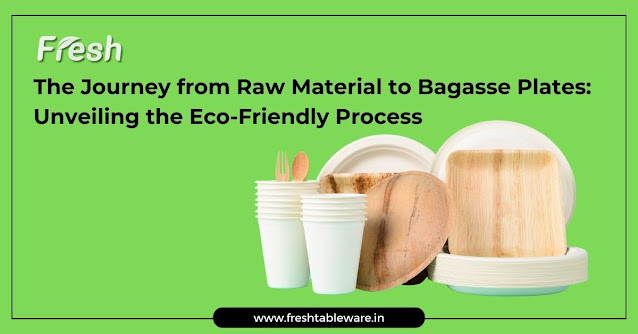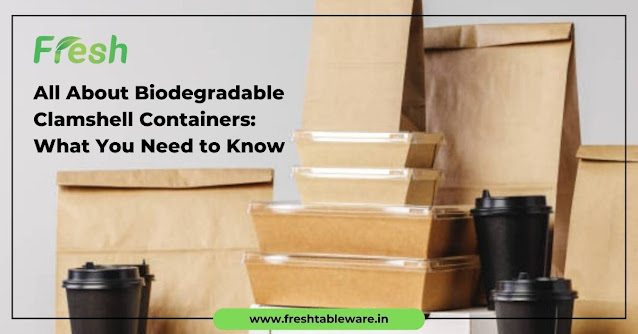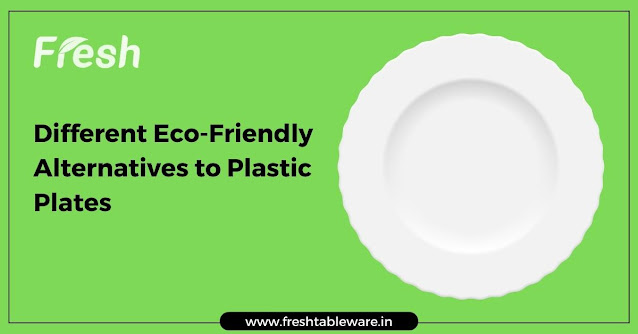The Journey from Raw Material to Bagasse Plates: Unveiling the Eco-Friendly Process
In an era where environmental consciousness is paramount, the shift towards sustainable living extends to various aspects of our daily lives. One such stride is witnessed in the production of eco-friendly alternatives, with bagasse plates emerging as a commendable choice. In this article, we delve into the fascinating journey from raw material to the creation of bagasse plates, highlighting the eco-friendly process that transforms sugarcane waste into elegant and sustainable dinnerware.
1. Harvesting Sugarcane:
The journey begins in the sugarcane fields, where this versatile crop is cultivated for its sweet juices. Once the sugarcane reaches maturity, it is carefully harvested to collect the stalks, leaving behind the residue known as bagasse.
2. Extracting Sugarcane Juice:
The harvested sugarcane undergoes a process called milling, where the stalks are crushed to extract the sugarcane juice. This juice is a primary ingredient in the sugar-making process, leaving behind the fibrous bagasse.
3. Bagasse Collection and Processing:
The collected bagasse undergoes thorough cleaning to remove impurities and excess moisture. This ensures a high-quality raw material for the production of bagasse plates. The cleaned bagasse is then carefully processed to create a pulp, the foundation for eco-friendly dinnerware.
4. Molding and Shaping:
The bagasse pulp is transformed into the desired shape of plates through a molding process. This step ensures that the plates not only possess the eco-friendly qualities of bagasse but also the functionality and aesthetics required for a diverse range of dining occasions.
5. Drying and Sterilization:
Once molded, the plates undergo a drying process to eliminate any remaining moisture. This step is crucial to enhance the structural integrity of the plates. Additionally, the plates are sterilized to meet hygiene standards, making them safe and suitable for serving various types of food.
6. Packaging for Distribution:
The final step involves packaging the bagasse plates for distribution. The packaging process is designed to minimize waste and align with the eco-friendly ethos of the product. The plates are then ready to be shipped to various markets, offering a sustainable alternative to conventional disposable dinnerware.
Conclusion:
The journey from raw material to bagasse plates is a testament to the ingenuity of sustainable practices. By repurposing sugarcane waste into elegant and functional dinnerware, this eco-friendly process not only minimizes environmental impact but also provides consumers with a conscious choice for their dining needs. As we navigate towards a more sustainable future, understanding the transformation of raw materials into eco-friendly products like bagasse plates inspires us to make choices that benefit both our lives and the planet.



Comments
Post a Comment